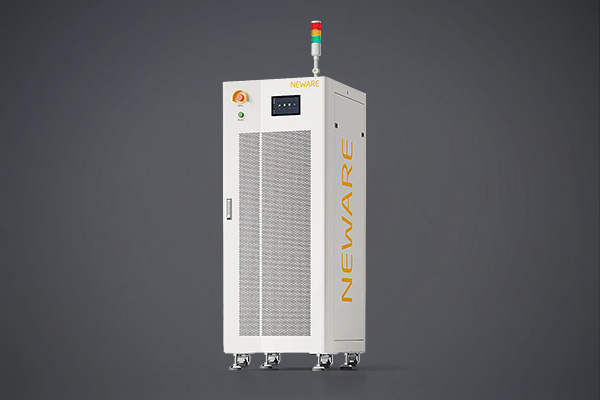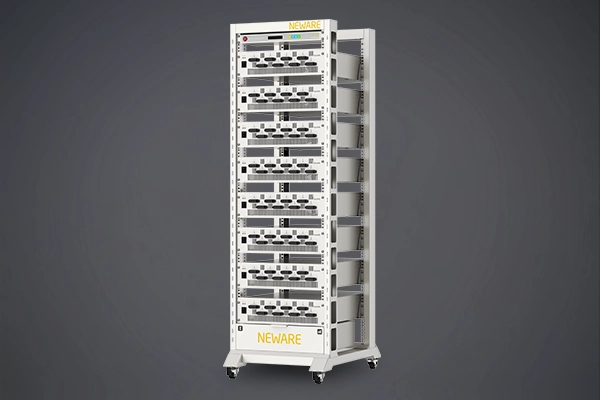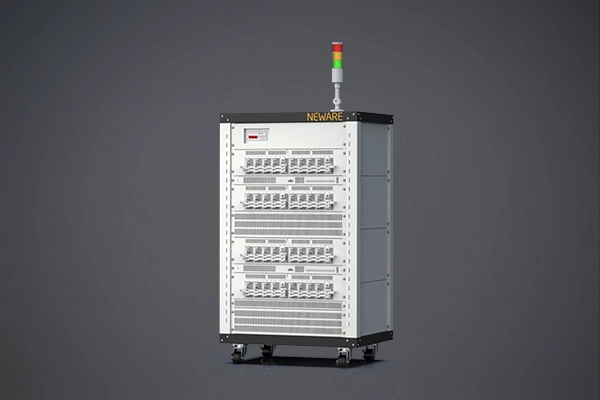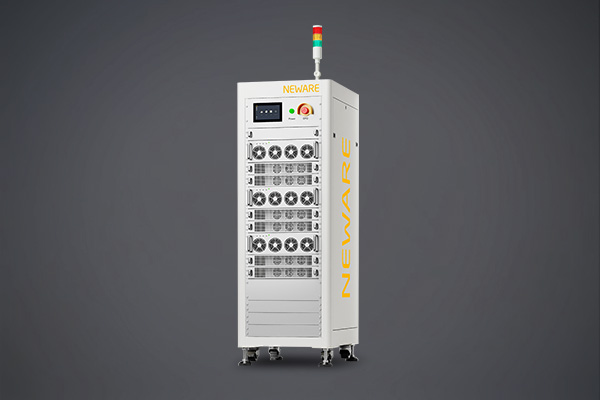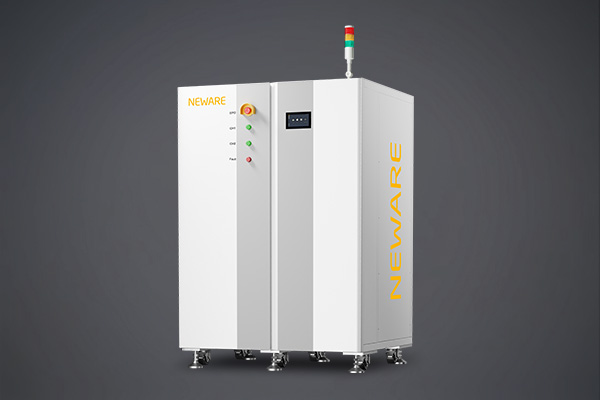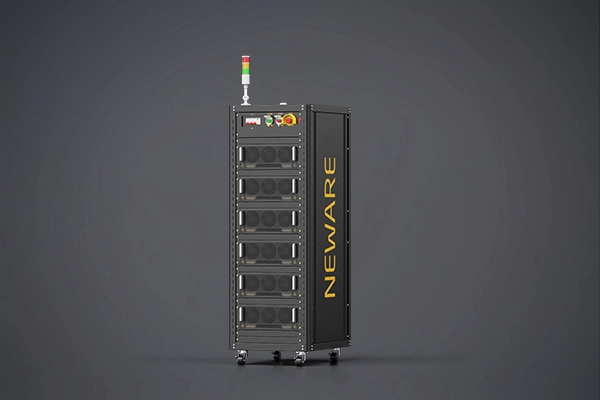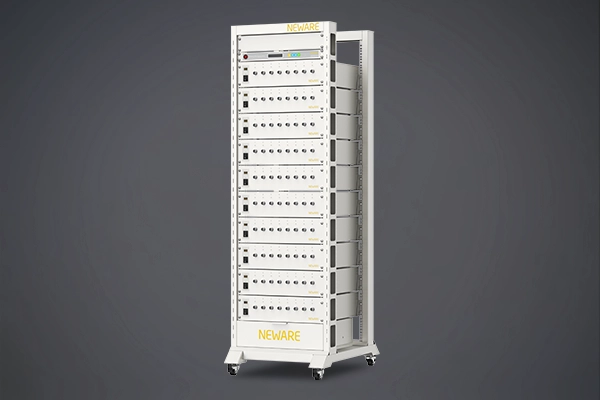Chemical component capacity refers to the initial charge and discharge process of a battery after its preparation. During this process, the battery's discharge capacity is measured when it is fully charged, allowing for the detection of capacity differentiation among mass-produced batteries.
During the testing process of chemical component capacity, several issues may arise. Here are some examples of potential problems and their corresponding solutions:
1.Capacity Variation: Variations in capacity may occur among batteries within the same batch of production. These differences can stem from variances in materials, manufacturing processes, or other factors. To address capacity variation, statistical analysis can be employed to identify the mean and standard deviation of the capacity distribution. This analysis helps establish acceptable limits and ensure that the batteries meet the required specifications.
2.Cycling Efficiency: In some cases, the battery's cycling efficiency may decrease during the charge and discharge process. This reduction in efficiency can result from factors such as side reactions, electrode degradation, or electrolyte instability. To mitigate this issue, optimizing the battery's electrode materials, electrolyte composition, and cycling conditions can help improve cycling efficiency and maintain consistent capacity.
3.Aging Effects: Over time, battery performance may degrade, leading to reduced capacity. Aging effects can arise from factors like electrode material degradation, electrolyte decomposition, or structural changes within the battery. To address aging effects, accelerated aging tests can be conducted, subjecting the batteries to elevated temperatures or cycling conditions to simulate long-term usage. By monitoring capacity retention and degradation rates, manufacturers can assess the long-term performance and lifespan of the batteries.
The significance of chemical component capacity testing lies in its ability to assess the consistency and quality of mass-produced batteries. By detecting capacity differentiation, manufacturers can identify and address issues related to materials, processes, or quality control. This testing method ensures that the batteries meet performance specifications and helps maintain customer satisfaction and confidence in the product.
Overall, chemical component capacity testing plays a crucial role in evaluating battery performance, optimizing manufacturing processes, and ensuring the reliability and consistency of batteries in various applications.
Floating charge test is a method used to simulate the battery's behavior when it is frequently kept in a charged state during actual usage. This test involves maintaining a constant voltage across the battery during the charging process.
During a floating charge test, the battery is initially charged using a charger until its voltage reaches the predetermined float charge voltage. Once this voltage is reached, the charger automatically adjusts the charging current to maintain the battery voltage at the set value. This constant voltage charging process is referred to as floating charging.
During the floating charge test, several issues may arise, and appropriate measures should be taken to address them:
1.Overcharging: If the charger fails to regulate the charging current properly, there is a risk of overcharging the battery. Overcharging can lead to excessive heating, electrolyte loss, and degradation of battery performance. To prevent overcharging, the charger should be equipped with proper voltage and current control mechanisms, ensuring that the battery voltage remains within the desired range.
2.Voltage Drift: The battery's voltage may drift over time due to factors like self-discharge, internal resistance, or temperature changes. To mitigate voltage drift, periodic adjustments and monitoring of the charging current can be implemented to maintain the desired float charge voltage.
3.Battery Degradation: Continuous floating charging can contribute to battery degradation, including the formation of passivation layers, electrode deterioration, or electrolyte decomposition. To counteract degradation, intermittent discharge cycles or periodic deep cycling can be employed to refresh the battery and mitigate the effects of continuous float charging.
The significance of the floating charge test lies in its ability to evaluate the battery's performance and behavior under constant voltage charging conditions. By simulating real-world scenarios where batteries are frequently kept in a charged state, this test can assess the battery's capacity retention, voltage stability, and overall reliability.
Furthermore, the floating charge test helps manufacturers optimize charging algorithms, develop appropriate charging profiles, and ensure the safe and efficient operation of batteries in various applications. By identifying and addressing potential issues during the test, manufacturers can enhance the battery's performance, extend its lifespan, and provide reliable power solutions to customers.
In conclusion, the floating charge test is a valuable method for evaluating battery behavior under constant voltage charging conditions. It helps assess performance, optimize charging algorithms, and ensure the reliability and longevity of batteries in practical applications.
Hybrid Pulse Power Characterization (HPPC) is a method used to assess battery response and performance by subjecting the battery to a series of current and voltage pulses. These pulses are designed to simulate the current and load variations that the battery experiences during real-world usage.
During an HPPC test, the battery is subjected to specific current levels and time intervals, creating a pulse profile that represents the dynamic operating conditions of the battery. This test enables the evaluation of various battery parameters such as capacity, impedance, voltage response, and power output under realistic load conditions.
During the HPPC testing process, several issues may arise, and appropriate measures should be taken to address them:
Heating and Temperature Rise: The application of high current pulses can lead to increased heating and temperature rise within the battery. Excessive heat can affect battery performance, accelerate aging, and even pose safety risks. To address this, proper cooling mechanisms or temperature monitoring systems should be implemented to ensure that the battery operates within safe temperature limits.
Voltage Transients and Sag: High current pulses can cause voltage transients and sag in the battery, leading to temporary drops in voltage during the pulse. These voltage fluctuations can affect the stability of the battery's power output and may impact the performance of the connected devices. To mitigate this, voltage stabilization techniques such as using voltage regulators or optimizing battery management systems can be employed to maintain a stable output voltage.
Capacity Fade and Degradation: Repeated exposure to high current pulses during HPPC testing can contribute to capacity fade and degradation over time. This can be caused by factors such as electrode deterioration, electrolyte decomposition, or mechanical stress. To address this issue, manufacturers can optimize the battery design, employ advanced electrode materials, or implement appropriate cycling and conditioning protocols to mitigate capacity fade and enhance the battery's longevity.
The significance of HPPC testing lies in its ability to assess battery performance under dynamic load conditions, which better represents real-world usage scenarios. By subjecting the battery to a series of pulse profiles, manufacturers can understand its response to different current and load variations, identify potential limitations, and optimize battery designs and performance.
HPCC testing also helps in the development of battery management systems, charging algorithms, and power delivery optimization for various applications. Furthermore, it enables the comparison of different battery technologies and facilitates the selection of the most suitable battery for specific use cases.
In conclusion, Hybrid Pulse Power Characterization (HPPC) is a valuable testing method for evaluating battery response and performance under dynamic load conditions. By simulating real-world current and load variations, this test helps optimize battery designs, assess performance limitations, and enhance the reliability and efficiency of batteries in practical applications.
NEWARE TECHNOLOGY LLC
755 Ames Avenue, Milpitas, CA, USA, 95035





